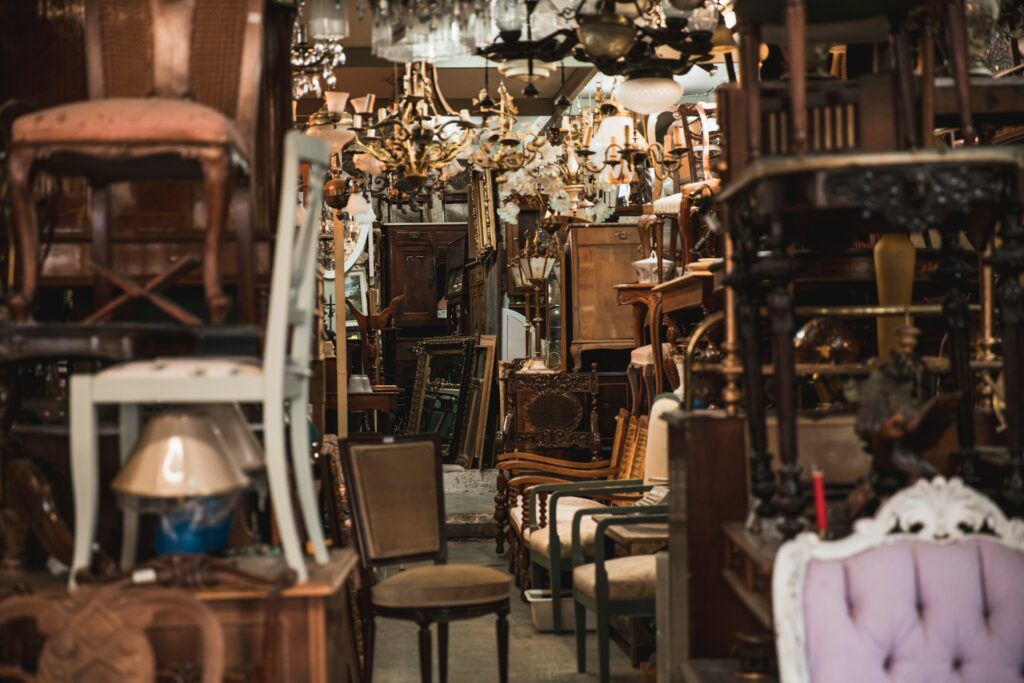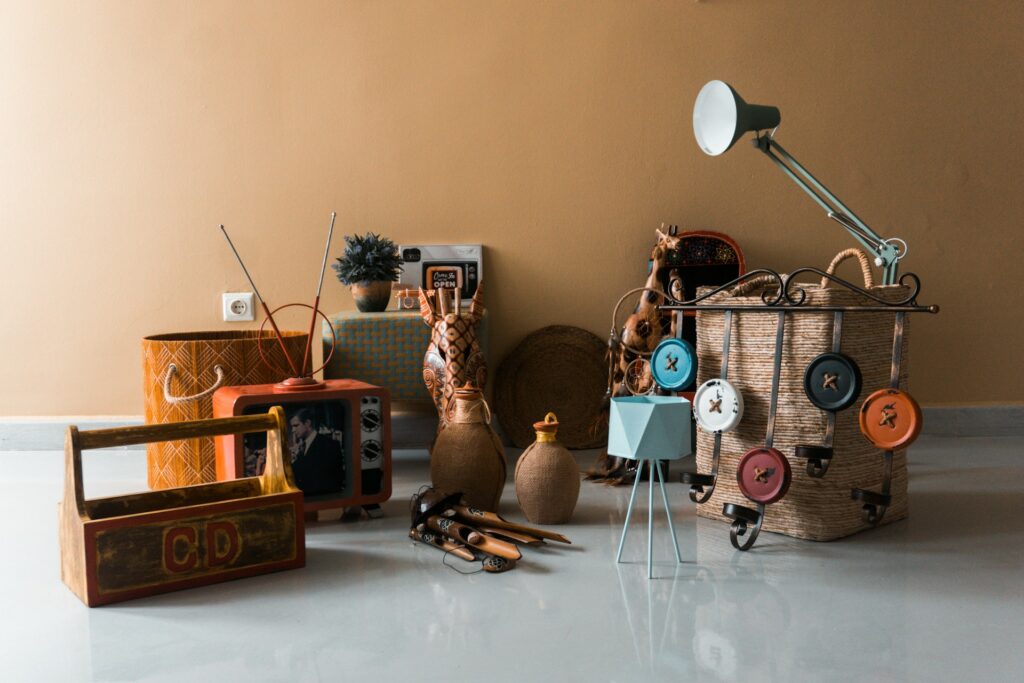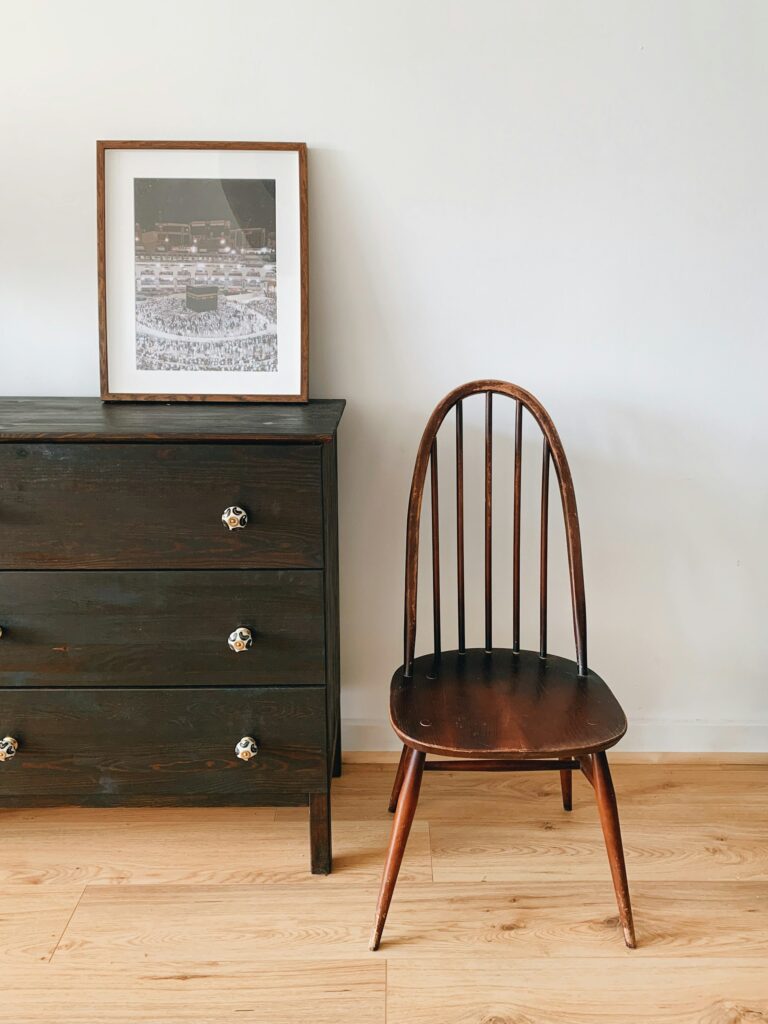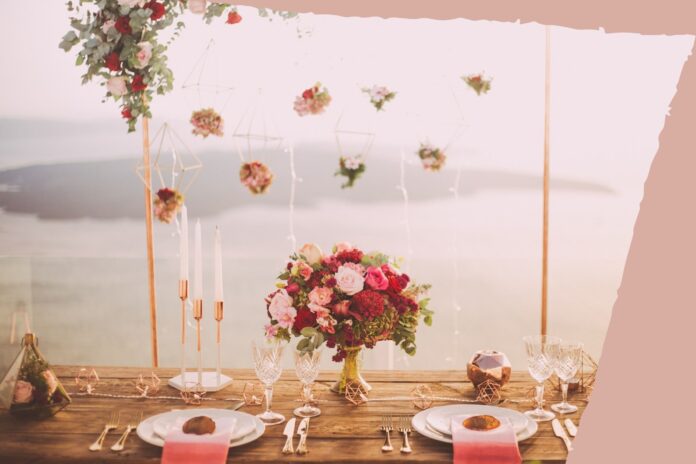Vintage furniture is more popular now than ever before. Whether it’s an ever more increasing urge to sink into a time more simple, or the fact that antique pieces bring a sense of sophistication to a property, demand has never been higher.
What’s more, the idea of cyclical shopping, of buying second hand rather than creating new demand, is a climate-conscious choice many are now looking to make; so important right now and going forward.
However, enjoying such throwbacks to their full potential is only possible when the furniture is properly maintained, especially the case when talking about designer vintage furniture which requires careful treatment to ensure its longevity.
Fortunately, taking care of your vintage pieces isn’t difficult; it just requires a little knowhow and your undivided attention. Stay with us; here’s our IDEAL guide on maintaining your vintage and second hand furniture.
Be Careful With Furniture Placement
The way in which you store your vintage and second hand furniture, and how it’s positioned within a room, is really important to its endurance. Environmental factors have to be considered or you will end up with diminished value.
Keep in mind that moisture, heat, and sunlight are the true enemies of vintage furniture, meaning you’ll need to any pieces away from sunlight and heat exposure, such as a radiator or fan. Failure to do so will lead to discolouration or worse, a creeping state of disrepair.

Dehumidify
If you keep your vintage furniture indoors, whether that’s in storage or in your front room, it’s a prudent move to invest in a very good humidifier. This keeps high water levels from getting trapped inside the furniture.
Simply put, you do not want wood pieces to shrink, crack, or swell, and moisture often leads to this undesirable outcome. Always check vintage furniture to see if there are signs of mildew and mould, since a small amount can be remedied, but once things are out of control, there’s less you can do to arrest your furniture’s decline.
When you find moisture, the first thing to do is to take the unit outside and expose it to fresh air. Just make sure that the furniture is safeguarded from the harmful effects of UV rays, of course.
Vacuum
When considering upholstery, a soft touch is generally required to ensure its kept in its original vintage condition, free from blemishes or damage. It’s essential that you vacuum upholstery regularly to prevent an accumulation of dust or worse, pests, who may cause irreparable damage if left to their own devices. In general, the use of a steam cleaner is cautioned against, since excess moisture can be detrimental to the condition of vintage furniture.

Tools & Products
Before you try to clean furniture, remember the fact that different materials need different treatments. Though it might sound counterintuitive to the preservation of a vintage piece, trial and error on a micro-scale is usually required. It’s best practice to test out your chemical or homemade cleaning solution on an area of the furniture which isn’t visible, such as on the underside of the seating area on a sofa, to ensure no reactions or deterioration will occur.
For the environment’s sake, consider homemade cleaning solutions. In order to remove grime and grease, you can use turpentine, lemon juice, and vinegar. Generally speaking, mild cleaning agents, like a simple soap, are ideal. On the flip side, harsh chemicals are not.
In order to protect your furniture’s finish, specialists recommend that you use oil rather than film, shellac or wax. Film tends to attract surface smears and dirt while shellac is susceptible to damage from water and heat. A wax finish, it has to be said, is merely decorative, and offers little in the way of protection. Instead, linseed oil has been used for centuries as a finish for wood, and retains a natural look and adequate protection.
In addition, you should always avoid polishes that are silicone-based.

Materials
Always use the delicate materials that won’t damage the surface of vintage furniture. Lambswool or plume dusters are gentle and effective while a cotton cloth will easily absorb the cleaner that you choose without being abrasive to your furniture. To finish, the use of terry cloth to dry the surface is ideal. If you have to deal with serious stains, steel wool or a toothbrush can be used. Just ensure you don’t apply undue pressure.
Regular Inspection
Make it a habit to inspect your vintage furniture regularly for signs of wear and tear. Look for loose joints, peeling veneer, or any other structural issues. Early detection can prevent minor issues from becoming major problems. If you’re not confident in making repairs yourself, consult a professional restorer who specialises in vintage furniture to ensure that any fixes are in keeping with the piece’s era and value.


Protect From Pests
Wooden furniture can be susceptible to pests such as woodworms and termites. Keep an eye out for any signs of infestation, such as small holes or sawdust-like frass. If you suspect an infestation, address it promptly. Natural deterrents like cedar blocks can be placed in drawers to help repel moths and other insects, and regular cleaning can prevent pests from settling in.
Mind The Upholstery
For vintage furniture with fabric elements, it’s crucial to pay attention to the upholstery. Avoid using coloured cleaning cloths or sponges that could transfer dye onto the fabric. If the upholstery requires more than a vacuum, opt for a professional upholstery cleaning service that has experience with stain removal from vintage fabrics to avoid damaging delicate materials.
The Bottom Line
Maintaining vintage and second-hand furniture requires a blend of careful attention and proactive care to preserve the beauty and integrity of your vintage pieces for years to come. Remember, the key to longevity in vintage furniture is not just in its initial quality, but in the ongoing love and care that you, as its steward, provide. Whether it’s a cherished heirloom or a new second-hand find, each piece has a story, and with the right care, you’re ensuring that its story continues to unfold beautifully in your home.





